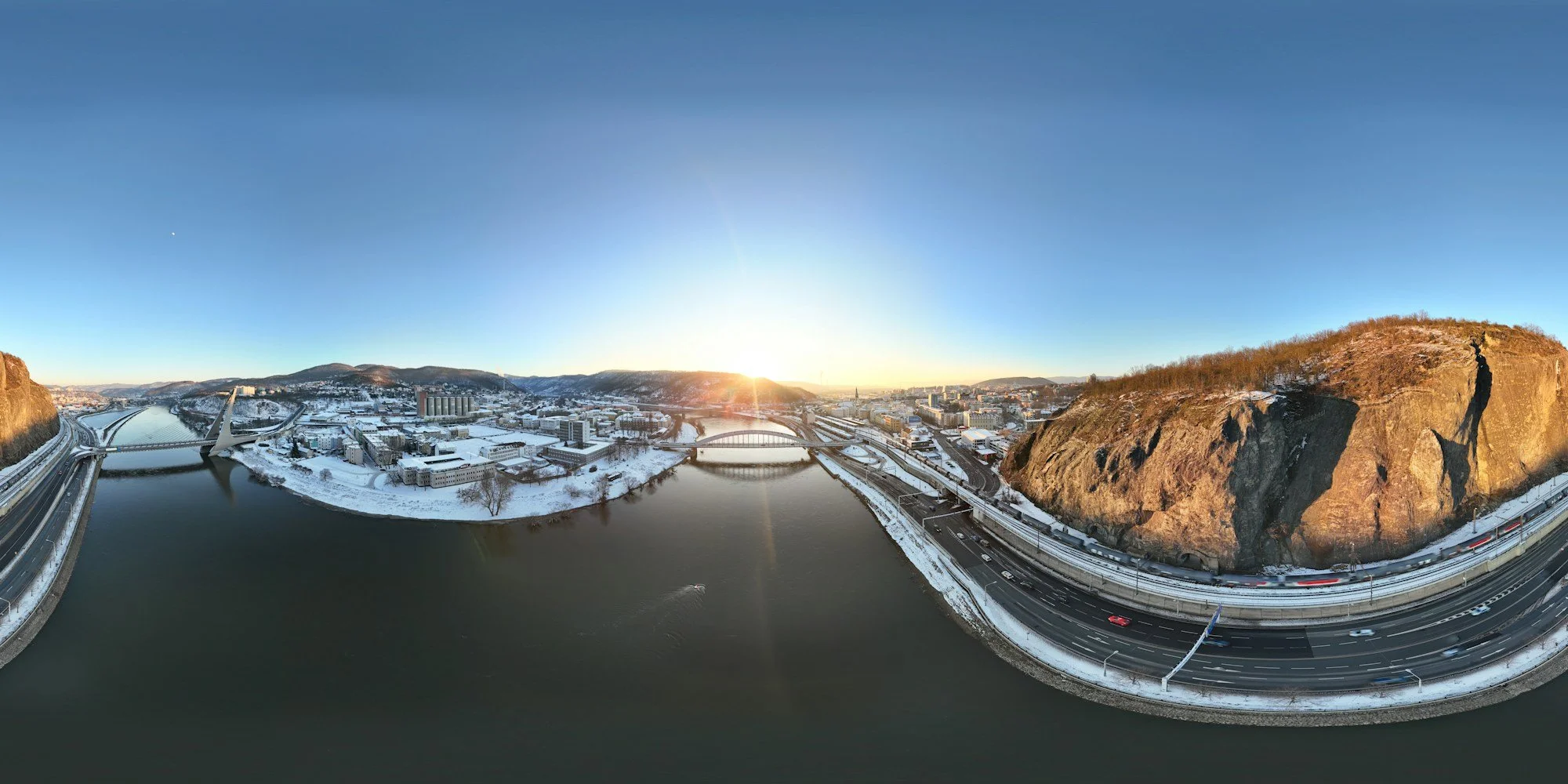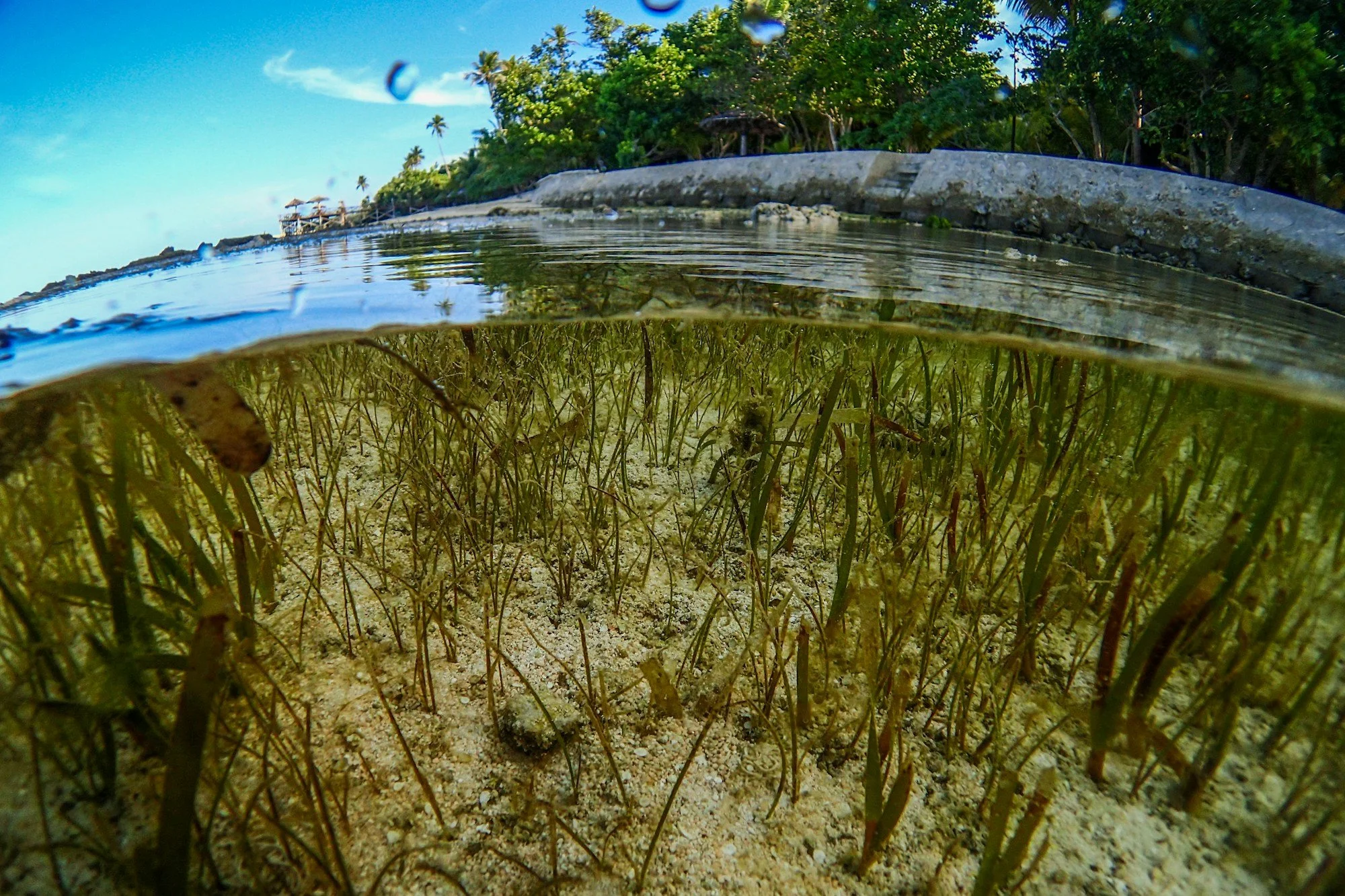Creating Cinematic VR: Behind the Scenes of a 360° Movie
Unlike traditional filmmaking, where directors control exactly what audiences see, creating an immersive 360° movie requires filmmakers to craft experiences where viewers become active explorers of entire worlds.
The magic behind compelling 360° video content lies in the seamless integration of four critical elements: revolutionary storytelling techniques, specialized filming equipment, three-dimensional audio design, and complex post-production workflows. When masterfully combined, these components transport viewers beyond passive observation into active participation, creating entertaining and educational experiences that engage multiple senses simultaneously.
Revolutionizing Narrative Structure for Immersive Experiences
Traditional filmmaking relies on carefully framed shots and controlled perspectives to guide audience attention. A 360° movie flips this approach entirely, requiring storytellers to design narratives that work from every possible viewing angle. Directors must strategically place multiple focal points throughout each scene, creating "points of interest zones" that naturally draw viewers' eyes without forcing their gaze.
The pacing of immersive narratives differs dramatically from conventional media. Where traditional films might use rapid cuts to build tension, a 360° movie relies on environmental storytelling and spatial movement. Viewers need time to orient themselves within each new space, discover hidden details, and choose their own journey through the narrative landscape.
This approach proves particularly powerful in educational contexts. Students exploring ancient civilizations can examine architectural details, observe daily life activities, and investigate historical artifacts at their own pace, creating personalized learning pathways that enhance retention and understanding.
Engineering the Perfect Shot: Specialized Camera Systems
Creating seamless 360° movie content demands sophisticated camera setups that capture every angle simultaneously. Professional 360° rigs typically employ an omnidirectional camera or multiple individual cameras, each recording overlapping fields of view that will later be digitally stitched together.
Camera placement becomes a three-dimensional puzzle where traditional filmmaking rules no longer apply. There's nowhere to hide lighting equipment, crew members, or traditional film gear within the spherical capture zone. This limitation has sparked innovative solutions: remote-controlled camera systems, specially designed compact lighting, and crew positioning techniques that maintain the illusion of an empty, explorable environment.
Stabilization technology plays a crucial role in preventing viewer discomfort. Unlike traditional video, where a minor camera shake might go unnoticed, any instability in a 360° movie can cause motion sickness or break immersion. Advanced gimbal systems and post-production stabilization algorithms work together to create smooth, comfortable viewing experiences.
Crafting Three-Dimensional Soundscapes
Audio design in a 360° movie extends far beyond stereo or even surround sound. Spatial audio technology creates fully three-dimensional soundscapes where every noise, voice, and ambient sound occupies a specific location within the spherical environment. When viewers turn their heads, sounds shift naturally, maintaining the illusion that they're truly present within the scene.
Sound designers use ambisonics technology to capture audio that responds dynamically to viewer movement. A helicopter flying overhead will sound different depending on whether the viewer looks up at it directly or focuses on ground-level action. This spatial accuracy helps guide attention while preserving the viewer's freedom to explore.
Environmental audio layers add crucial context and atmosphere. The distant sound of marketplace chatter might draw viewers toward a bustling bazaar, while the subtle creak of ship timbers reinforces the sensation of being aboard a historical vessel. These audio cues serve as invisible guides, gently directing educational focus without disrupting immersion.
Mastering Post-Production Complexity
The post-production phase of a 360° movie presents unique technical challenges that don't exist in traditional filmmaking. The process begins with stitching, where specialized software algorithmically combines multiple camera feeds into a single spherical video. This requires precise calibration and often manual adjustment to eliminate visible seam lines or parallax errors.
Color correction becomes exponentially more complex when working across an entire sphere. Lighting conditions captured by different cameras must be perfectly matched to maintain visual consistency. Additionally, any visual effects, text overlays, or graphics must be positioned with careful consideration of where viewers might be looking at any given moment.
Quality control involves viewing content from multiple angles to identify issues that might only be visible from specific perspectives. A perfectly aligned stitch from one viewpoint might reveal problems when viewed from another direction, requiring iterative refinement throughout the editing process.
Transforming Education Through Immersive Storytelling
The educational potential of a 360° movie extends far beyond novelty value. Research demonstrates that immersive experiences significantly improve information retention, spatial understanding, and engagement levels across diverse learning populations. Students can witness historical events from multiple perspectives, explore molecular structures from the inside, or walk through literary settings that previously existed only in the imagination.
Museums and educational institutions have embraced 360° movie content as a tool for creating repeatable, scalable experiences that accommodate different learning styles. A single production can serve visual learners through rich environmental details, auditory learners through carefully designed soundscapes, and kinesthetic learners through the physical act of exploration and discovery.
The technology also democratizes access to experiences that would otherwise be impossible or impractical. Students can explore Antarctic research stations or observe wildlife behaviors in their natural habitats without the expense and logistics of physical travel.
The Future of Immersive Experiences
Creating a compelling 360° movie requires mastery of emerging technologies, reimagined storytelling approaches, and meticulous attention to technical detail. As camera systems become more sophisticated and post-production tools continue evolving, the barrier to creating high-quality immersive content continues to lower.
The educational applications of 360° movie technology are limitless, offering institutions powerful tools for engagement, retention, and experiential learning. From virtual field trips to historical recreations, immersive video content transforms passive observation into active exploration.
Hammer & Anvil have emerged as pioneers in this space, specializing in the production of high-quality 360° immersive videos that push the boundaries of educational storytelling. Our expertise in combining cinematic techniques with cutting-edge 360° technology demonstrates the professional level of craftsmanship required to create truly effective immersive learning experiences.
The 360° movie represents not just a new form of media, but a fundamental shift in how we can share knowledge and create understanding. Explore our VR experiences and film library here.


